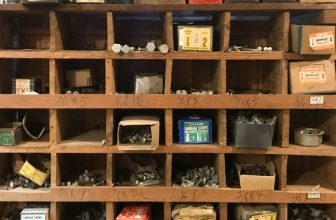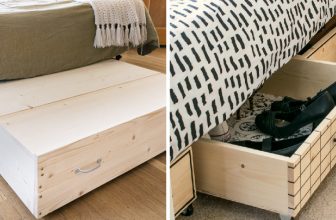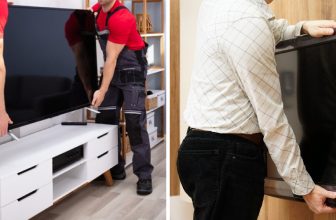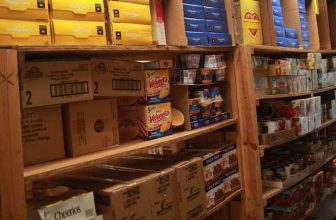How to Store a Piano in a Storage Unit
Many people are faced with the difficult decision of what to do with their piano when they no longer have enough space in their home. Whether you are moving, downsizing, or just need some extra space, storing a piano in a storage unit can be a great solution.

The main advantage of storing a piano in a storage unit is the protection it provides. By keeping your piano in a climate-controlled and secure environment, you can ensure that it will not be damaged by extreme temperatures or humidity. This is especially important for older or more delicate pianos. In this blog post, You will learn in detail how to store a piano in a storage unit.
Step-by-step Instructions for How to Store a Piano in a Storage Unit
Step 1: Inspect the Piano
Before storing your piano, it is important to inspect it for any existing damage or areas that may need special attention. This will help ensure that the piano remains in good condition while in storage.
Step 2: Measure and Choose the Right Size Unit
Pianos come in different sizes and shapes, so it is crucial to measure yours with a measuring tape carefully before choosing a storage unit. Choose a unit that is slightly larger than the piano to allow for extra space for moving and possible future storage needs.
Step 3: Gather Supplies
You will need supplies such as moving blankets, padding, bubble wrap, measuring tape and packing tape to properly protect your piano during storage. If your piano can be disassembled into smaller parts, it may make storage easier and safer. However, if you are unsure how to properly disassemble your piano, it is best to leave it as is.
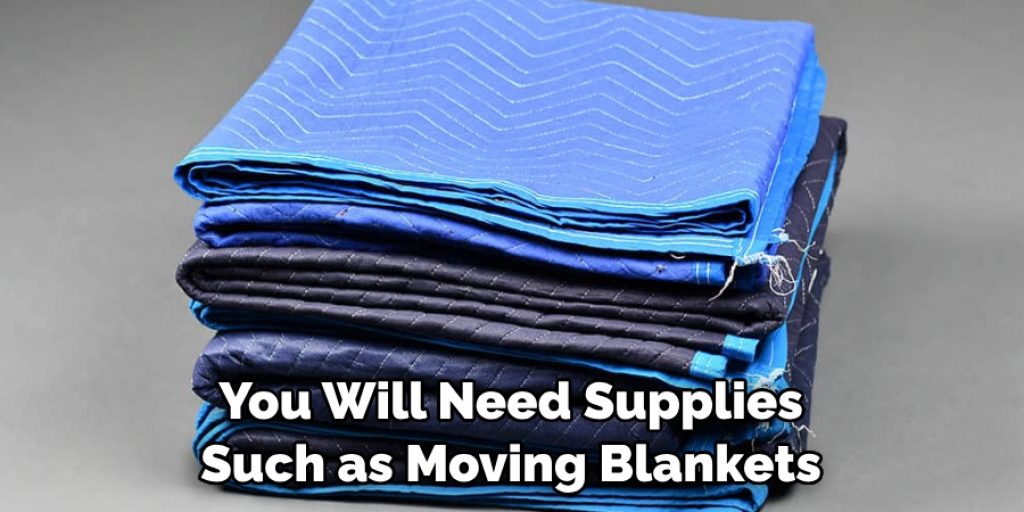
Step 4: Wrap the Piano
Using moving blankets or padding, wrap the entire piano to protect it from scratches or dents. Secure the wrapping with packing tape. Cover the keys and pedals with cardboards or bubble wrap to prevent them from getting damaged during transport.
Step 5: Properly Load the Piano into the Unit
Use a dolly or ask for help to carefully load the piano into the storage unit. Make sure it is secure and will not shift during transportation. Allow space between the piano and the walls or other items in the storage unit to prevent any damage.
Step 6: Climate Control
If possible, choose a climate-controlled storage unit to ensure that the temperature and humidity levels remain stable. This is crucial for protecting your piano from potential damage. Make sure to regularly check on your piano while it is in storage. This will help catch any potential issues early on and prevent further damage.
By following these step-by-step instructions, you can safely and effectively store your piano in a storage unit. Remember to take the time to properly wrap and protect your piano, choose the right size unit with climate control, and perform regular maintenance checks.
Safety Tips for How to Store a Piano in a Storage Unit
- Always wear protective gear, such as gloves and goggles, to avoid any injuries while handling the piano.
- Ask for help from friends or professional movers when loading and unloading the piano into the storage unit.
- Do not store heavy items on top of or near the piano in the storage unit.
- Keep the piano away from direct sunlight, as it can cause damage to the wood and strings.
- Use caution when moving the piano, as it can be heavy and difficult to maneuver.
- Do not place any items inside the piano while storing it, as this can damage the internal structure.
- Make sure to properly label the storage unit with “fragile” or “piano” to ensure that it is handled with care during transport.
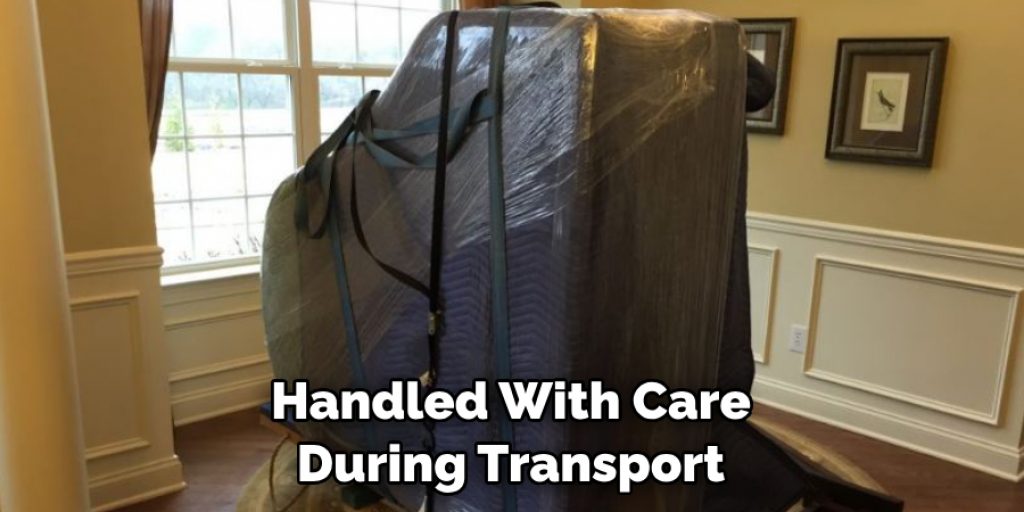
By following these safety tips, you can avoid potential accidents or damage to your piano during the storage process.
How Should You Properly Clean and Prepare Your Piano Before Storing It in a Storage Unit?
If you’re planning to store your piano in a storage unit, it’s important to properly clean and prepare it beforehand. This will help maintain the quality and condition of your instrument while in storage. Here are some steps you can follow to ensure that your piano is ready for storage:
1. Dust and Wipe Down the Piano
Use a soft, lint-free cloth to dust the surface of your piano. Pay special attention to any intricate details or crevices where dust may accumulate. Then, use a damp cloth to wipe down the entire surface, being careful not to saturate the wood.
2. Clean and Condition the Keys
Use a gentle cleaner specifically designed for pianos to clean and condition the piano’s keys. Avoid using harsh chemicals or abrasive materials that can damage the ivory or plastic.
3. Protect the Piano Pedals
If your piano has exposed pedals, consider wrapping them in a soft cloth or bubble wrap to prevent any scratches or damage while in storage.
4. Cover the Piano with a Sheet
Once the piano is clean and dust-free, cover it with a sheet to protect it from any potential dust or debris while in storage.
5. Remove all Accessories
Before storing your piano, make sure to remove all accessories such as sheet music or metronomes. These items can attract pests and cause damage to your instrument.
6. Consider Climate Control
If possible, choose a storage unit with climate control to protect your piano from extreme temperatures and humidity levels.
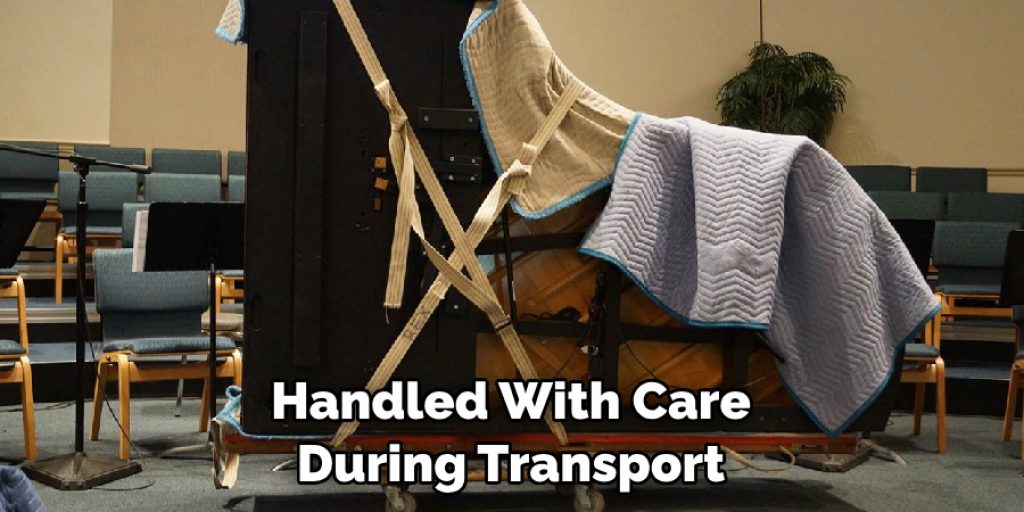
7. Choose the Right Size Unit
When selecting a storage unit, make sure it is large enough to comfortably fit your piano. Avoid storing it in a unit that is too small or cramped.
By following these steps, you can ensure that your piano will be clean and well-protected while in storage. This will also make it easier to retrieve and play once you are ready to take it out of storage. Remember to periodically check on your piano and maintain its cleanliness while in storage to ensure it remains in good condition.
How Can You Maintain the Sound and Overall Quality of Your Piano While It is in Storage?
Storing a piano in a storage unit can be a daunting task, but with the right techniques and methods, it can be done effectively. However, it is not just about placing the piano inside the unit and calling it a day. There are certain precautions that should be taken to ensure the safety of your instrument.
One important aspect to consider when storing a piano in a storage unit is the placement of other items around it. It is crucial to arrange these items in a way that prevents any potential damage to the piano.
For example, heavy boxes or furniture should not be stacked on top of the piano as this can cause pressure and potentially harm its delicate internal mechanisms. Instead, place lighter objects around the piano or use soft padding between them for added protection.
Another important factor to keep in mind is the frequency of checking on your piano while it is in storage. It is recommended to visit your storage unit at least once a month to inspect the condition of your piano. Look out for any signs of damage, such as cracks or warping, and address them immediately to prevent further harm.

Final Thoughts
Storing a piano in a storage unit requires careful planning, preparation, and execution. By following the provided instructions and safety tips, you can ensure that your piano remains protected while in storage. Remember to regularly check on your piano and choose a climate-controlled unit for optimal protection. With these precautions in place, you can confidently store your piano in a storage unit for as long as needed.
Hopefully, this guide has provided you with helpful information and tips on storing a piano in a storage unit successfully. Store your piano with care and it will be ready to play whenever you need it again. I hope this article has been beneficial for learning how to store a piano in a storage unit. Make Sure the precautionary measures are followed chronologically.

